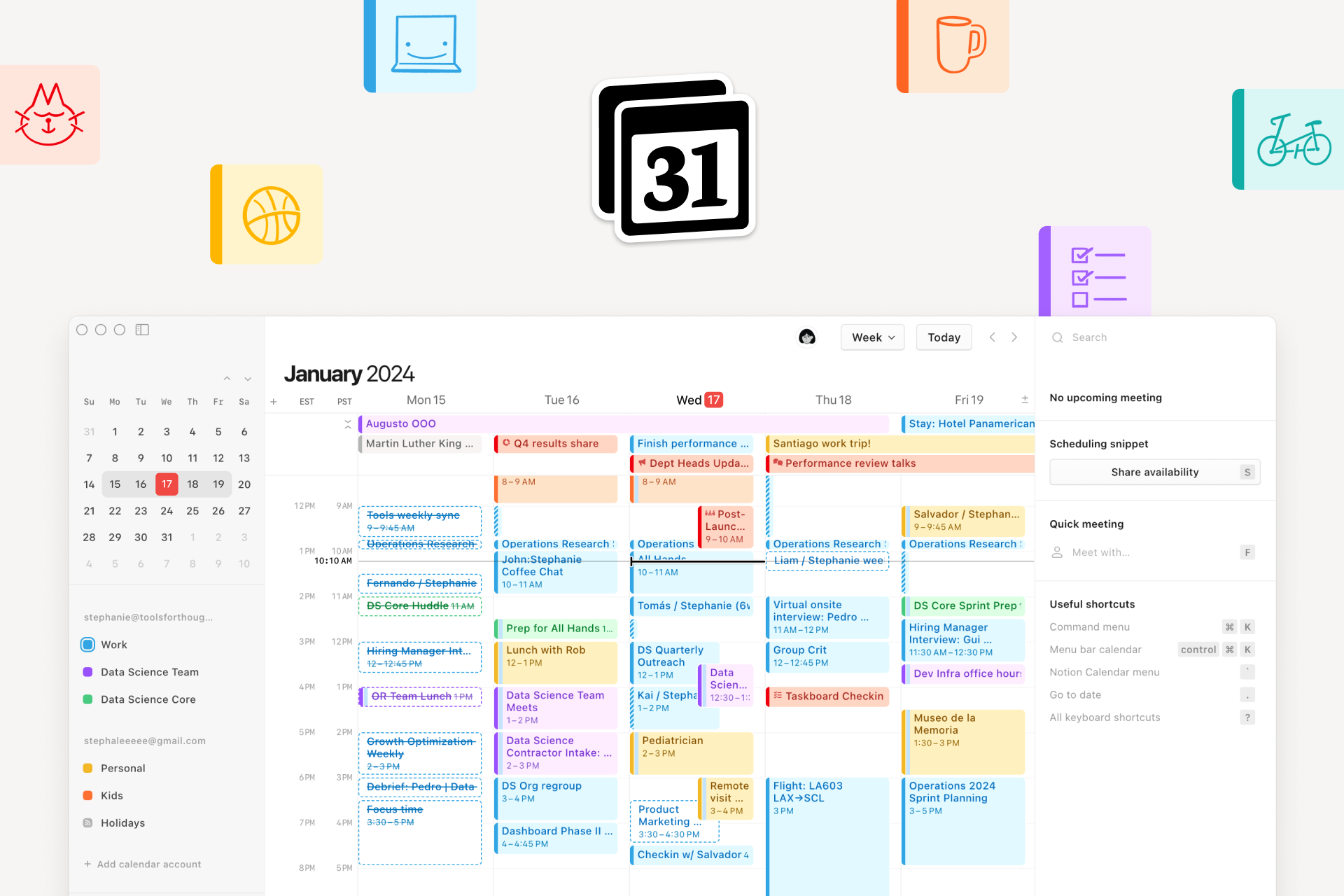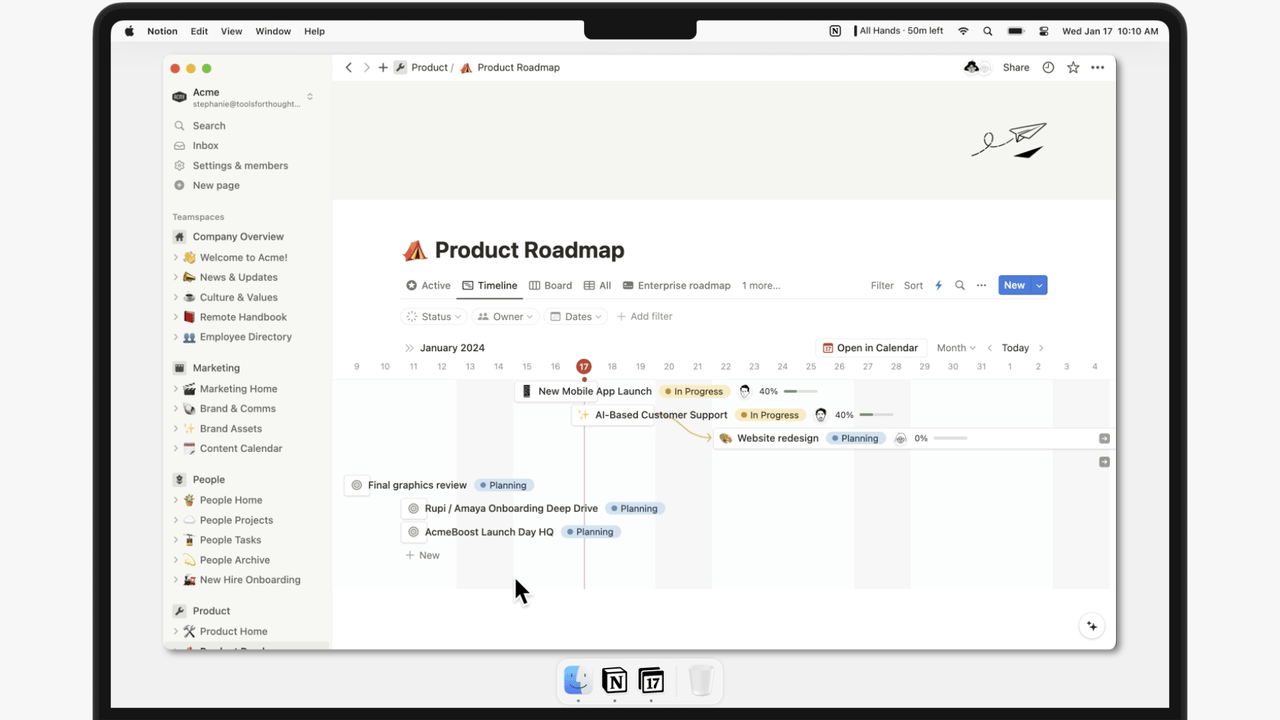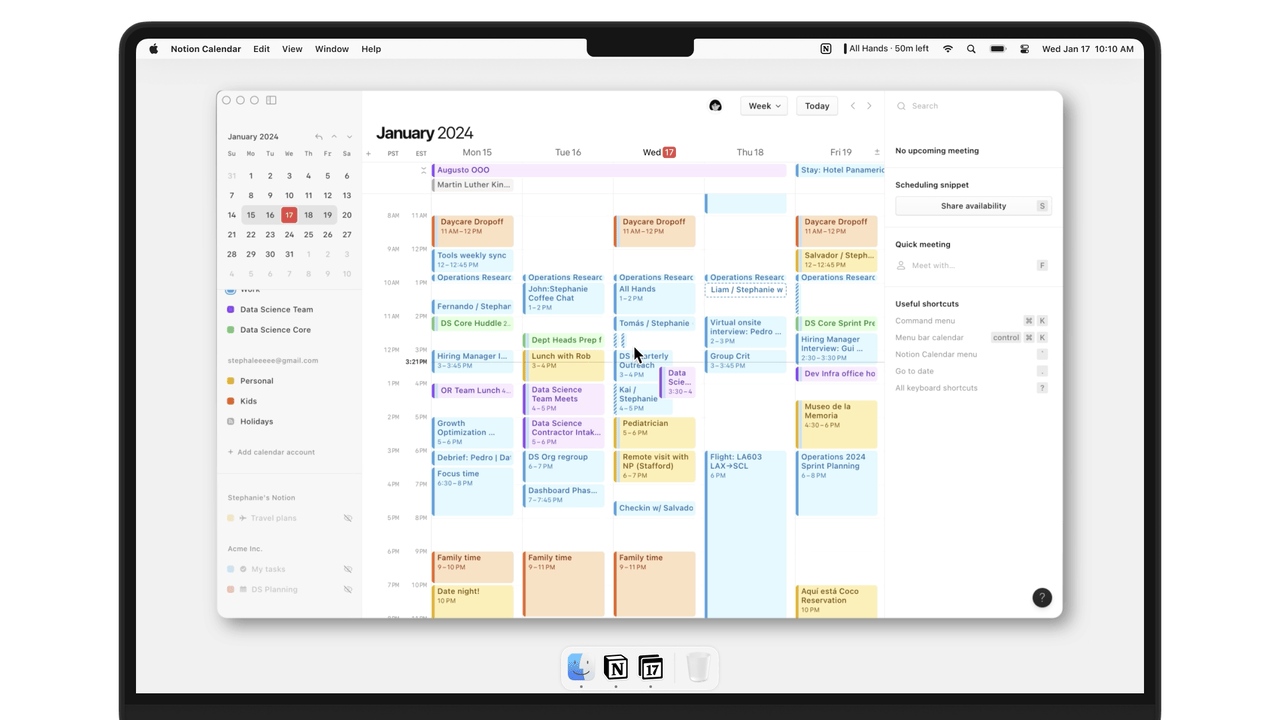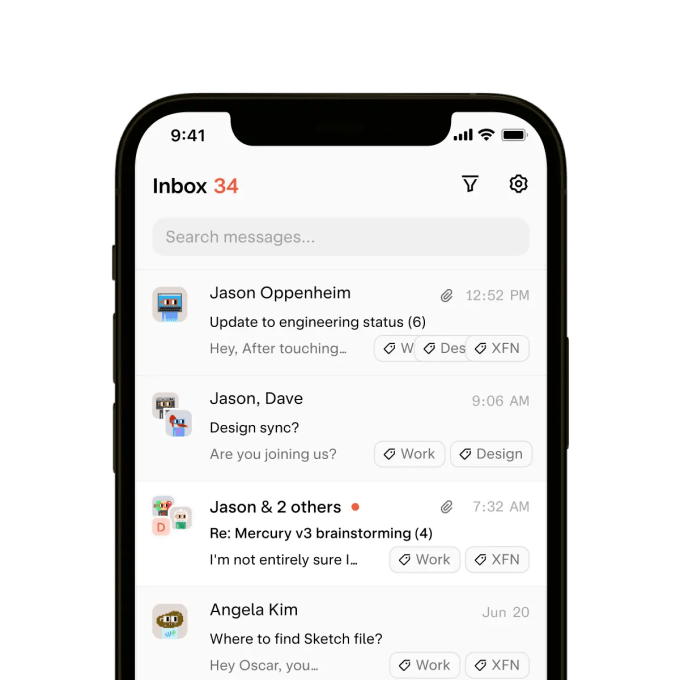
Popular productivity tool Notion has long allowed its users to make any of their pages public. Now, the company is expanding on this with the launch of Notion Sites, which adds several new features to its existing publishing tools. For the most part, these are pretty straightforward, but together, they do make for a more polished publishing experience.
A lot of content-centric work already happens in Notion, be that organizing publishing calendars or actually working on documents. Over the years, Notion users figured out all kinds of ways to turn their pages into websites — and some startups were even founded solely on that idea. Given that there’s a clear demand, it makes sense then for the company to lean into publishing that work directly.

“One of the best features of Notion has always been that with a single click, you can turn a Notion page into a publicly facing website,” Notion product lead Matt Piccolella told me ahead of today’s launch. “The problem with these pages is that they’ve always been missing many of the bells and whistles that you might expect to see on a website.”
Notion Sites adds some of those bells and whistles. Specifically, that means the ability to do things like customizing favicons and building navigation bars with links, as well as using breadcrumb navigation. These Notion Sites can now also easily be published under custom domains and, for better visibility and analytics, there are also basic SEO features (mostly title and description) as well as a Google Analytics integration. Notion users can now also customize their share previews to define how a site is represented on social media. And for finding information on the sites themselves, Notion has added a search feature.
Like before, the idea here is to help users publish any Notion page they may have been working on internally and then make those publicly available. That also means that virtually every existing Notion feature will appear on the public Notion Site, too.

One thing the team has very specifically stayed away from, though, is the ability to customize sites in detail. There’s a dark and light mode, just like in Notion itself, but that’s about it. Over time, Piccolella said, the team plans to add more visual theming options. The mission here, Piccolella said, is to make this the “simplest way to publish a beautiful website” — that means a lot of choice for the user.
“I think one of the benefits of Notion is that you get that kind of Notion look and feel, which is kind of effortlessly beautiful,” he said. “Fonts are going to look really nice and the colors are going to look really nice, without having to comb through tons of different visual styling and things like that. It’s actually kind of the visual minimalism that we like.”
Like seemingly every company, Notion is also thinking about how it can add AI functionality to help users build their Notion Sites but also to make AI features available to their users. Piccolella wasn’t yet ready to go into details about what that would look like, though.







